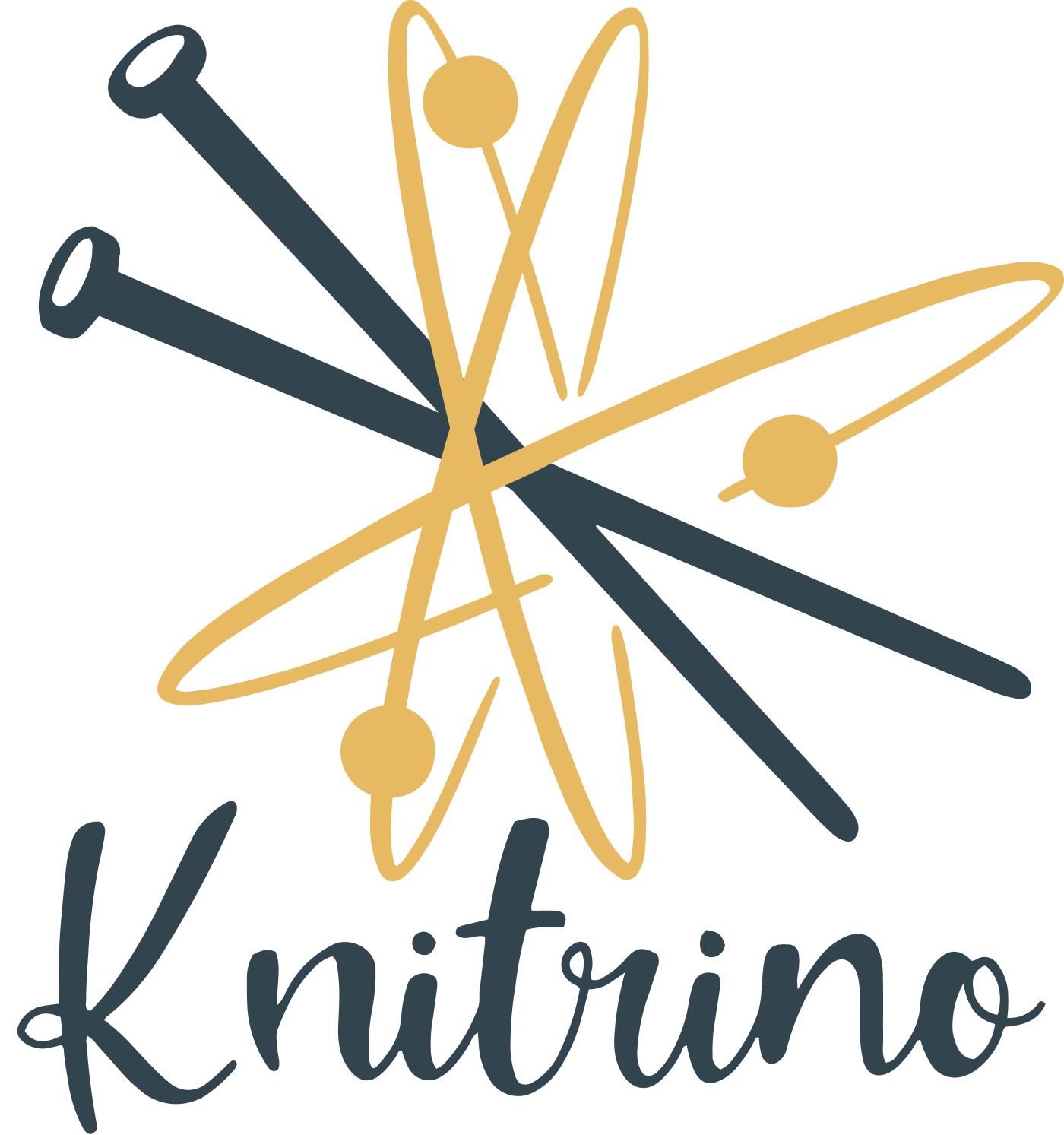A Little Biased
This article contains some tips for A Little Biased, the cute and colorful necktie from Knitrino. Don’t have the pattern yet? It’s available for a limited time in Knitrino–click the button below from your phone to get the pattern.
As always, if you have any questions about this pattern, please email us at support@knitrino.com.
Table of Contents
Getting Started with Knitrino
If you're new to Knitrino, check out the Quick Start guide for short videos that show you how to use Knitrino. Those new to chart knitting may wish to review our full blog post on Reading Knitting Charts.
Reading the Charts when Working Back & Forth
When working flat or back & forth, you read the chart like a zig zag. When you work across the front of the work (odd-numbered rows), you read the chart from right to left. When you work across the back of the work (even-numbered rows), you read the chart from left to right. This is just like what you’re doing in the physical world. You work your knitting across the front then turn your work and work the opposite direction across the back. (Note: both right-handed and left-handed mirror knitters should read the chart the same way. For right handed knitters, it matches how you’re working. For left handed knitters, your work will be mirror image.)
Now, when you work a knit stitch on a wrongside or backside row, that looks like a purl stitch on the front-think of garter stitch! So a knit stitch on an even (wrongside/backside) row, will appear like a purl stitch on the chart. But it will also be hashed to remind you “This is a backside row.”
Fore more on reading knitting charts, take a look at our full blog post on Reading Knitting Charts.
Knitting on the Bias
In sewing or knitting, or in fact, many other crafts, the phrase “on the bias” means that your fabric is cut or constructed on a diagonal. This gives fabric a unique drape, because the forces of gravity are not aligned with the weave or knit of the fabric.
In knitting, it also allows you to create unique designs that could be challenging to achieve when just knitting flat. When you knit on the bias, you’re working your knitting diagonally, meaning you can incorporate diagonal stripes or designs in your work.
To create a biased-knit fabric, you’ll increase at one side of your work and decrease at the other. It can be difficult to visualize when you’re just getting started, but as your work grows, it will likely become easier to see. In the images below, the knitting on the left is worked flat as usual, without any side shaping. All the stretchy forces are as you’d normally expect. The knitting on the right has shaping on the sides. When it’s on the needle, it just looks like a rhomboid.
Knit flat as usual
Knit on the bias: decreases at the right edge and increases at the left edge
Now imagine rotating the bias-knit work so that the edges are perpendicular to the ground, like the edges of the knitting on the left. You’ll rotate it about 45 degrees, and you’ll see the effect: the rows of knitting are on the diagonal! And the width of the object is narrower than it appeared on the needles.
Bias-knit fabric
When you rotate the work so the edges are perpendicular to the ground, you’ll see the diagonal stripes emerge. While the width measured in the row direction (along the diagonal stripe) is around 6”/15 cm, the width across the necktie is only 3”/7.5 cm.
Blocking
As always, blocking proves to be a critical step to project completion! You’ll find that your garter stitch fabric and the shape of your necktie change a lot depending on how you block.
We recommend using T-pins if you have them to stretch the fabric to shape. Blocking wires can also help keep your edges from pulling where the T-pins are.
But even if you don’t have T-pins or blocking wires, block your work by submerging in cool water, then laying flat to dry and stretching to the shape you want your final object.







